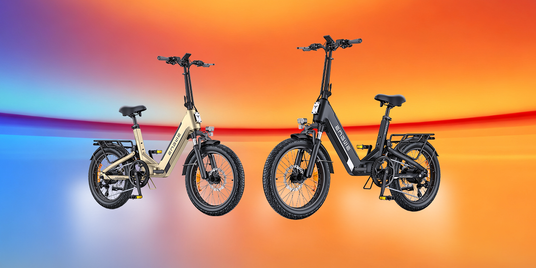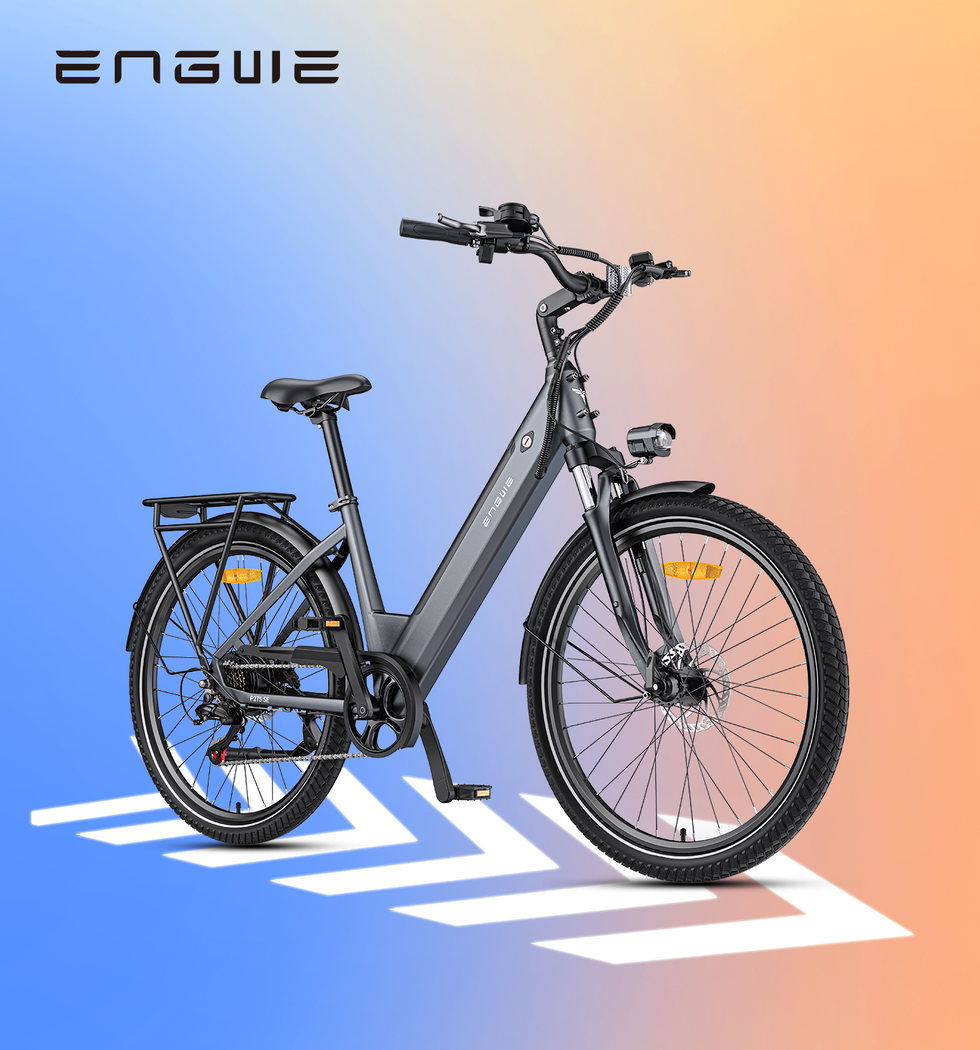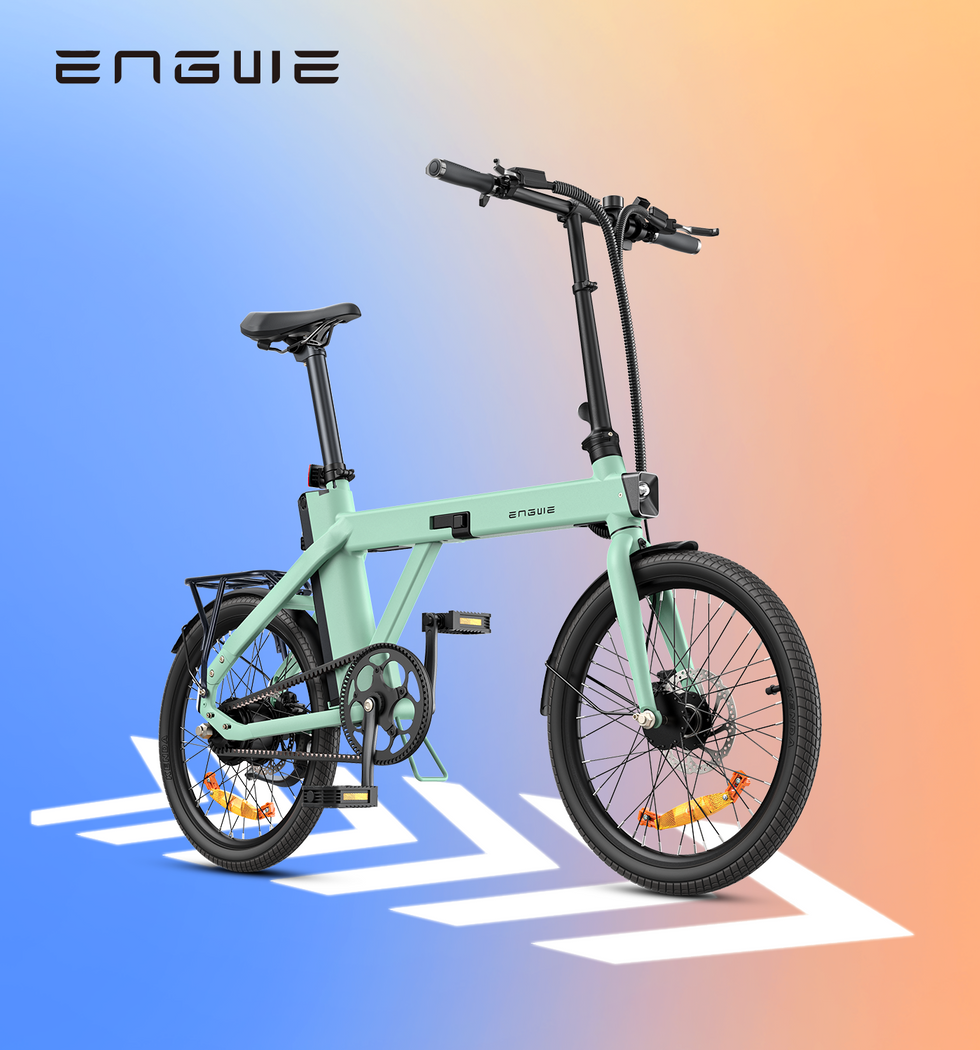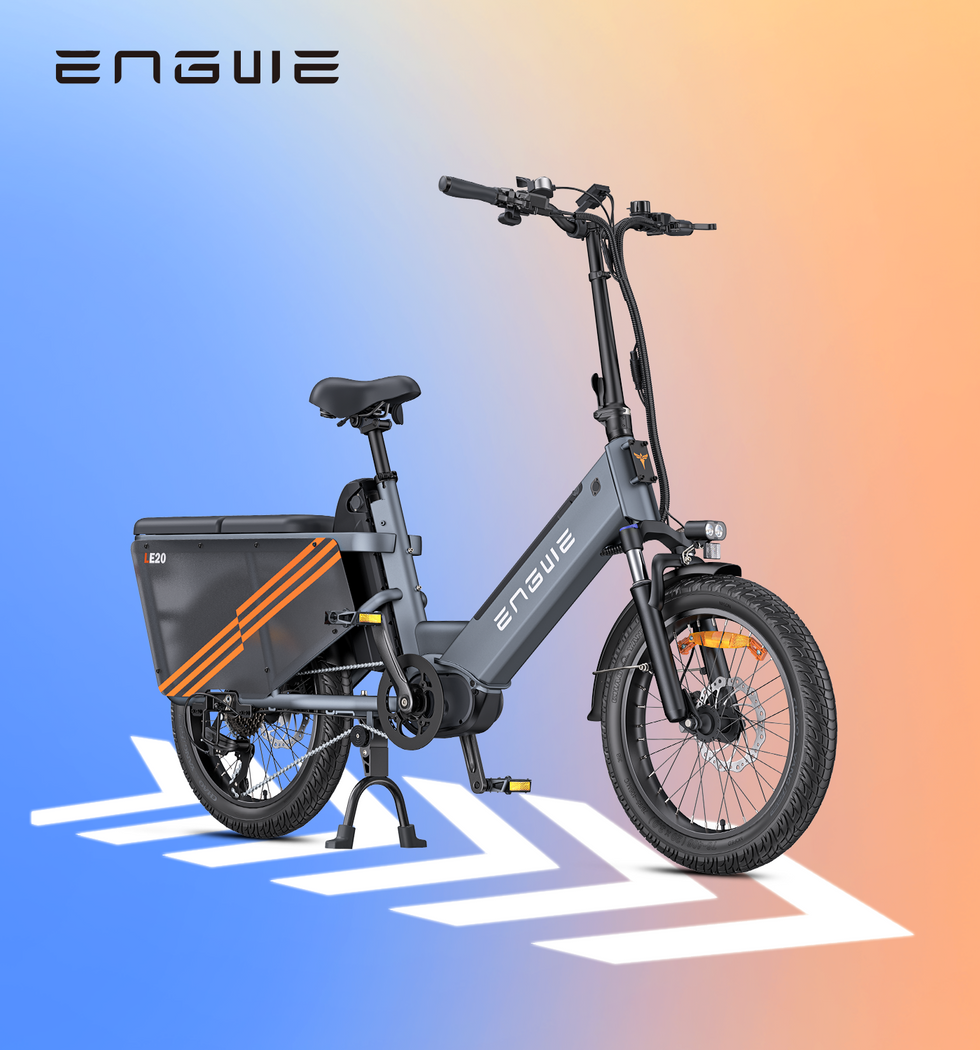Beyond the Amp-Hours: What Actually Makes a Long-Range Battery
The battery specs, in particular, can come across as a different language when you first consume electric bike specs. You will notice things like Volts (V), Amp-hours (Ah) and Watt-hours (Wh). Most people make the mistake of concentrating only on Amp-hours, but the real measurement of how much capacity a battery has is its "fuel tank" size, the Watt-hours (Wh).Think of it like this:
| Metric | Analogy | Details |
|---|---|---|
| Volts (V) | The pressure of the water in a hose. | More voltage is generally better for a more powerful and efficient system. Higher-end e-bikes commonly use 36V or 48V. |
| Amp-hours (Ah) | The volume of water in the tank. | This tells you how long the battery can continue to deliver a given current. |
| Watt-hours (Wh) | The absolute energy stored, or "fuel tank" size. | This is the most significant figure, calculated as Volts (V) x Amp-hours (Ah). For instance, a 48V 13Ah battery is 624Wh. A 36V 15Ah battery holds 540Wh. The higher the Watt-hours, the more energy you have, and theoretically, the farther you can go. If you’re planning to take your e-bike for a lot of long-distance travels, you’ll want a battery with at least a 500Wh capacity. |
The Range Equation: It's Not Just the Battery That Counts
A big battery is the basis for a long-range electric bike, but it isn’t the whole story. The maximum range claims published by manufacturers are often determined in the most ideal conditions: a super-lightweight rider on a perfectly flat road with no headwinds at the lowest pedal-assist setting. Your actual real-world range will depend on several factors.Rider and Cargo Weight
The heavier the combo (both the rider’s own weight as well as groceries or luggage), the more work the motor has to do to move you, especially uphill. If you're 100kg, you'll get nowhere near what a 70kg rider on the identical bike with the same battery will.
Terrain
On flat, smooth tarmac, it’s very efficient. The moment you introduce hills, the motor has to work a lot more and pull massive power from the battery. A route pocked with unrelenting steep climbs can cut your expected range in half.
Pedal Assist System (PAS) Level
Your e-bike will come with multiple assistance levels. Cruising around in ‘Eco’ or level 1 will nurse power gently while maximising your range. Using a higher level will give you a quick hit of power, but drain the battery much faster. Strategically using assist levels is the key to long rides.
Tyres and Pressure
Wide, knobbly fat tyres give fantastic grip and comfort over different surfaces but have much more rolling resistance than narrow, slick road tyres. It is essential to ensure your tyres are at the correct pressure for minimum resistance and maximum efficiency.
Wind and Temperature
Strong headwinds, much like steep uphills, place additional force on the motor to maintain the same speed. In addition, low temperatures have an adverse effect on the performance of a lithium-ion battery, which results in a temporary decrease in its capacity and a subsequent reduction of the overall range.

E-Bike Features that Complement a Powerful Battery
How efficiently the electric bike itself makes use of this power, in terms of both design and technology, is of monumental importance. A bike might have a huge battery but a gutless motor, or a weak design that can’t handle the additional power. Here’s what to consider when you are in the market for a long-distance riding companion.Motor Efficiency and Torque Sensor
Two of the most commonly used sensors in e-bikes are the cadence sensor and the torque sensor. With a cadence sensor, the motor just needs to establish if you are pedalling or not, and the PAS delivers a pre-set power output. A torque sensor is on a whole other level. It senses how hard you are pressing on the pedals and provides a proportional amount of assistance. This feels more natural, like an extension of your own power, and is more efficient. It provides more power when you need it most—on a hill climb, say—and backs off when you’re cruising so as not to waste precious battery.
Removable Battery
For those who are serious riders, this is a must-have. A removable battery has three main benefits. Firstly, it enables you to charge it away from the bike, indoors. Secondly, it’s more secure; you can carry away the most expensive part of the bike when you lock it up in public. Thirdly, for those who really do epic rides, it lets you carry a spare fully-charged battery on the bike to effectively double your range.
Quality Gearing
The best motor is only as good as the gears it uses. A solid groupset, such as from Shimano, which includes many gears (seven speeds or more), means that when you come to a hill, you will be able to find a gear that is right for you. Having the correct gear for the hill allows you and the motor to work together most efficiently, so you save energy.
Our Favourite eBike: The ENGWE EP-2 Boost
Once all of these elements of battery capacity, performance, efficiency, and bike build have been tallied up, however, one option stands head and shoulders above the rest for anyone looking for a long-distance ally: the ENGWE EP-2 Boost. This foldable electric bike is designed from the ground up to conquer range anxiety. Its advanced 48V 13Ah high-output lithium-ion battery will take you as far as 120km on a full charge when using the lowest level of pedal assist. What really makes it special, though, is the way it harnesses that power intelligently. The EP-2 Boost is equipped with an advanced torque sensor to provide a smooth and natural riding experience that controls the electric assist system to conserve energy whilst maintaining a comfortable and natural feel, maximising battery life to save it for when you need it most. Inevitable steep climbs on lesser bikes that suck away your energy? Push the Boost button and the full 55 Nm of torque from the 250W motor is at your beck and call to power up the hill with a flick of the legs. It is a versatile bike like no other, from the 20 x 4.0-inch fat tyres and front suspension to the comfort of the flexible frame geometry and the performance of the 180mm disc brakes, no terrain will be off-limits with this eBike and no load will be too large on its included rear rack. Perhaps most importantly for those going on holiday, the whole bike can fold into a very small package, making it an ideal travelling companion for trips that involve a car or train. More than just another big-battery E-bike, the ENGWE EP-2 Boost is an integrated system, with built-in durability and reliability that stands alone with automotive-grade technology for the freedom of the open road.

E-Bike Range: Practical Tips to Go the Distance
The first step, though, is having a long-distance electric bike that is up to the task. The second is knowing how to ride in a way that will maximise the distance you can cover on a single charge.1. Be a Smart Pilot
Don't always use the highest assist level. Start out in a low PAS and only use the higher levels when you need them, like on a steep hill or against a really strong headwind.
2. Use Your Gears
Get the knack of using your gears just as you would on a traditional, non-electric bike. Changing to a lower gear before a hill takes strain off both the motor and you, which can save a lot of energy.
3. Keep a Steady Pace
A smooth, steady cadence of pedalling is a lot more efficient than frantic bursts of power. On bikes like the EP-2 Boost, the torque sensor rewards that smooth style by delivering power precisely when you need it.
4. Check Your Tyre Pressure
Underinflated tyres are a significant waste of energy. Air them up to your manufacturer's recommended level and check before every long ride.
5. Reduce the Weight You Carry
Travel light. The heavier your load is, the more energy it takes to move.
6. Plan Your Route
Try to use map tools in advance to plan a route that avoids the steepest hills. A somewhat longer but flatter route, for instance, may actually consume less battery than a short, hilly one.

Frequently Asked Questions
1. How realistic is the manufacturer's claimed maximum range?
The maximum range, such as the 120 km for the ENGWE EP-2 Boost, is possible but depends on perfect conditions: PAS level 1, a lightweight rider, a flat road, no headwind, and an optimal temperature of around 25°C. For a 'real-life' figure, a good approximation is generally to take 60-70% of the maximum claimed figure. This would provide a great real-world range of 70-84 km from the EP-2 Boost, which is plenty for most day-long rides.
2. How much does cold weather reduce my battery’s range?
Cold is the enemy of lithium-ion batteries. If the temperature is below about 10°C, you can expect a significant reduction in range, maybe about 20-30% or more if it is close to freezing. The chemical processes in the battery become sluggish, not discharging power as efficiently. To avoid this, keep your battery inside at room temperature and only mount it on the bike just before you ride.
3. Can I replace my battery with a larger one later?
This is not a good idea unless the manufacturer has an official upgrade path. An e-bike’s controller and electrical system are tuned to work with the original battery’s voltage and specifications. It’s unsafe to use a third-party battery that’s incompatible; it could damage the electronics inside the bike and pose a fire risk. The best advice is to get the capacity you need the first time.
4. How long will my e-bike battery last before I need a new one?
E-bike batteries can only survive a limited number of charge cycles. One complete charge cycle is a full discharge and recharge. The majority of decent batteries on the market these days are rated for around 500-1000 full charge cycles before they start to hold significantly less charge. With proper care (not draining it fully, and not storing it fully charged or fully empty for long periods), a battery can last for years and thousands of miles of riding.
5. What is the safest method for charging the battery for a long ride the next day?
The best thing for your battery is putting it on the charger after use and unplugging it when it is full. The best approach is to time the charge so it’s completed about an hour or two before you expect to depart. If you have a battery like the one on the EP-2 Boost, which charges in about 6.5 hours, and you plan to leave at 8 am, you could start charging it around 1 am. That way, when you start the day, you are good to go with a 100% full charge without leaving it on the charger unnecessarily overnight.
Pick the right electric bicycle and use it in the right spirit, however, and range anxiety will be replaced by the uninhibited freedom of the big trip.


